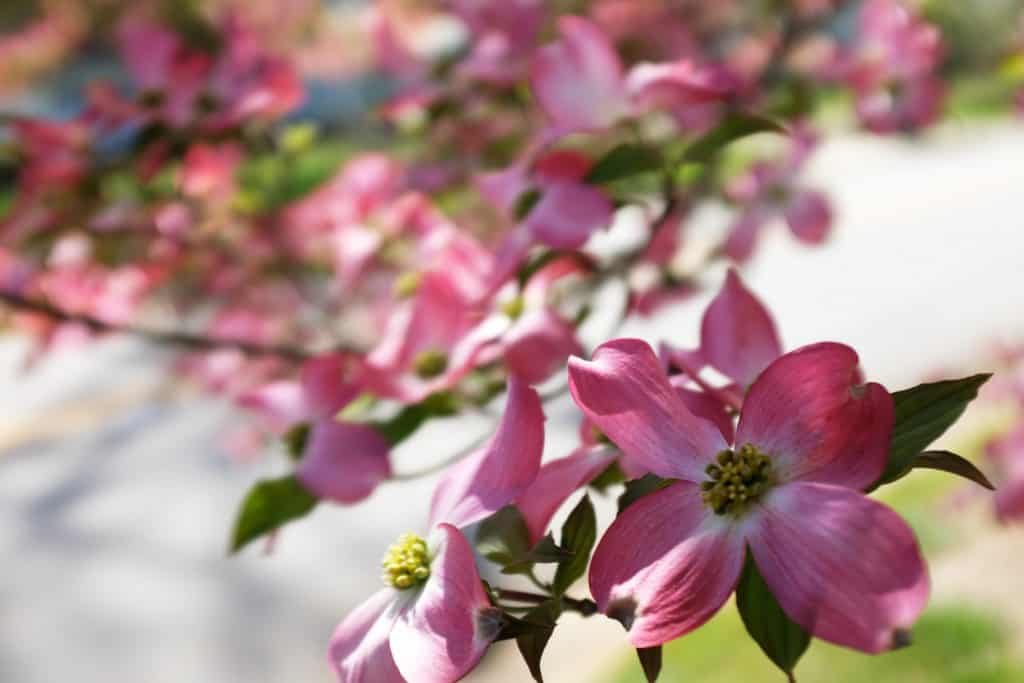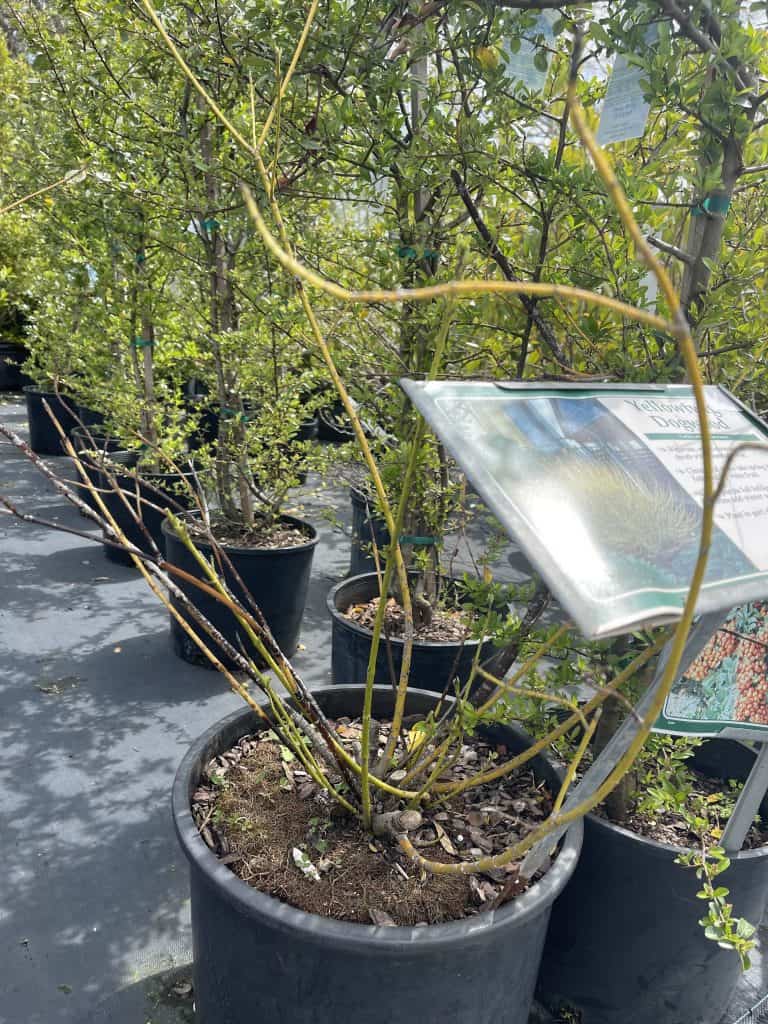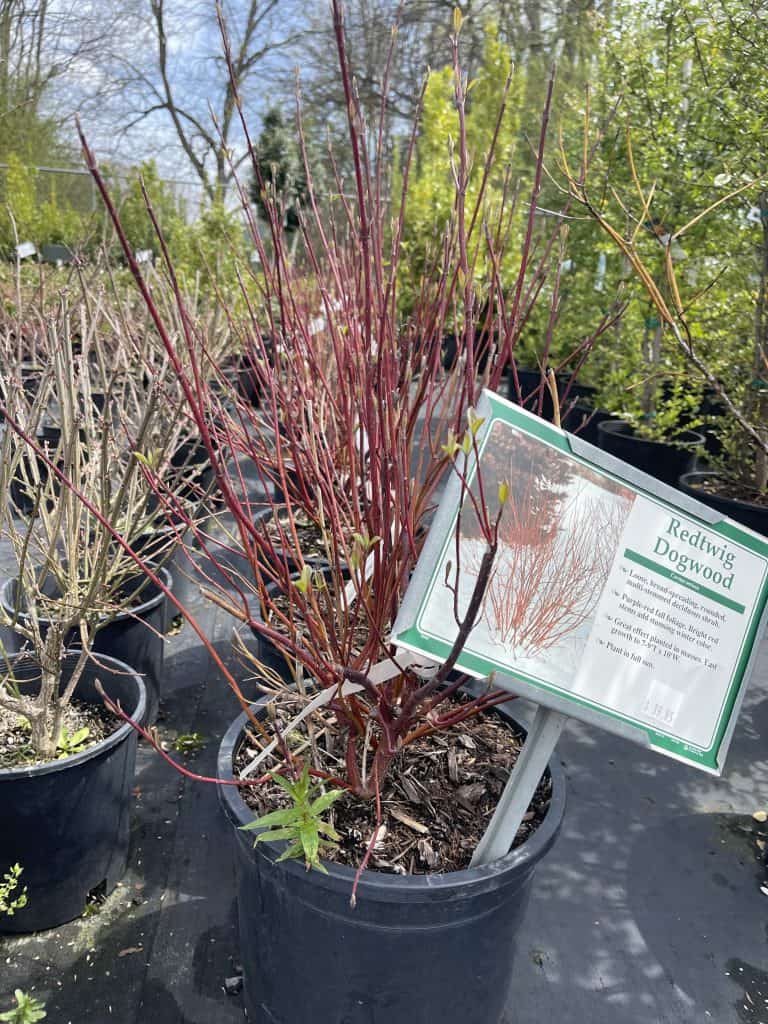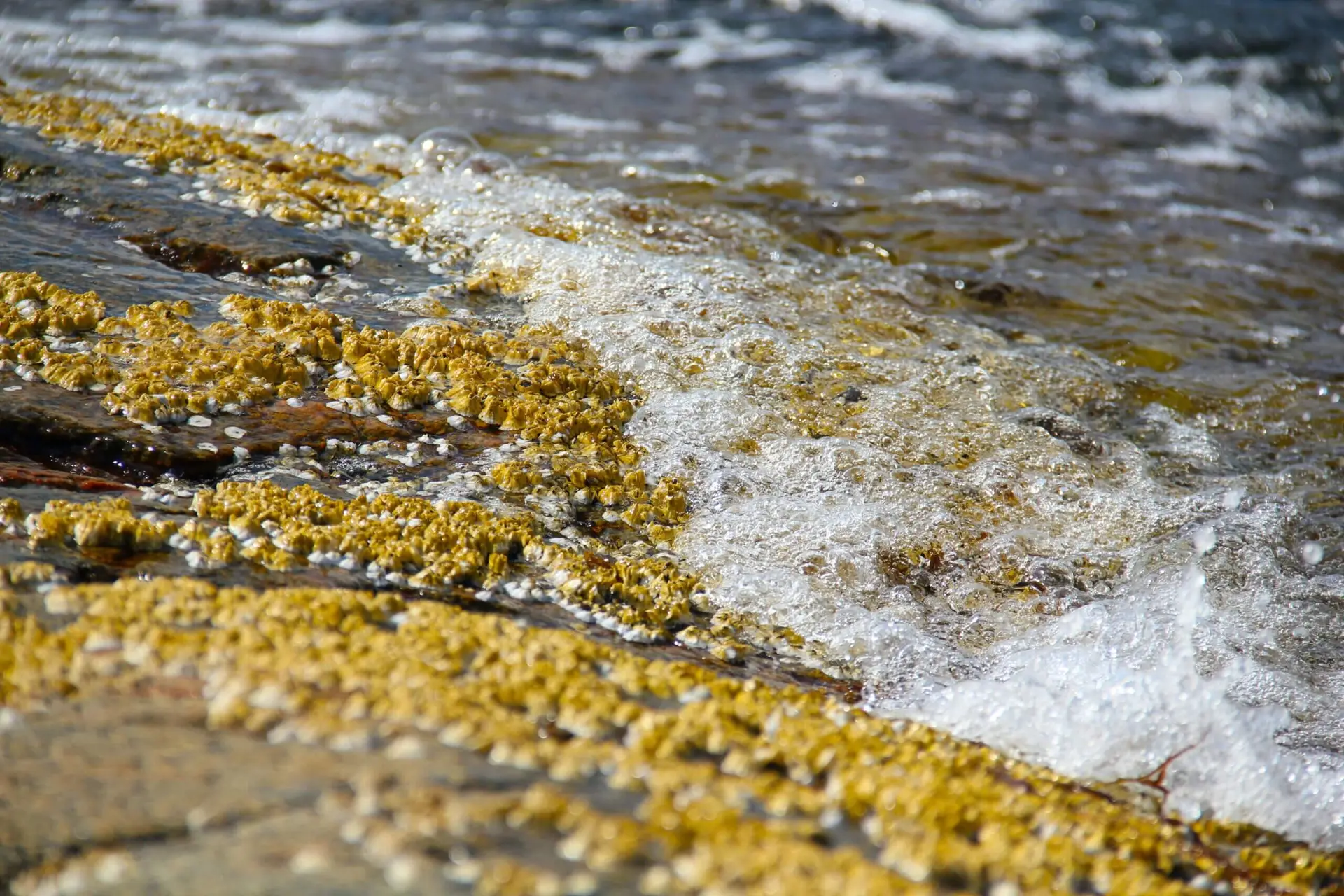When I think of springtime in the south, delicate Dogwood trees and bright blooming azaleas come to mind. As Easter draws near, both of the beautiful natives of Alabama wake up and bring color to the brown and dreary landscapes of winter. When I see the first daffodil bulbs begin to spring from the dirt, I know the Dogwood trees will be blooming soon. Wanting to learn more about this sweet tree, I did some research. I found that not only are Dogwood trees beautiful and inspirational, but also a vital part of the forest ecosystem.
As I sit at my desk typing this I can look out my window and see a large Dogwood tree. Its branches are long and although there are very few leaves right now, the small blooms are beginning to open on the tips. I learned that what most people call the petals of Dogwood tree flowers is incorrect. The beautiful white “petals” are actually modified leaves called bracts. The petals are folded up inside the tiny green buds in the middle.

White, Pink, or Red Blooms
There are several species of Dogwood trees but the ones native to Alabama and the ones you may come across along shadier nature trails while hiking are most likely the Cornus Florida (white flowering Dogwood trees) and Cornus Florida Rubra (pink flowering Dogwood trees) From these come several other cultivars, or cultivated varieties created through selective breeding. Cultivars have flowers ranging from white to red to purple-red and some are more disease resistant than others.


Dogwood Bushes!
I was browsing a fantastic local plant center last year in Muscle Shoals called Porter Garden Center and I came upon two varieties of Dogwood bushes! I made a trip back last week and their kind and knowledgeable employee Sara taught me all about them. The Dogwood bushes do flower but are not quite as showy as the Dogwood trees and of course, don’t grow like trees. What makes them most popular though is the color of their bare branches.
The Redtwig Dogwood and Yellowtwig Dogwood both have vibrantly colored branches and add a beautiful pop of color even during winter! They grow best in a mix of shade and sun and Sarah told me they are in the “wet plant” family meaning they can grow in areas that don’t drain as well as others.
Can you imagine looking out your window on a gloomy winter day and seeing these pops of color against the bare and dormant trees?


The History and Legends of Dogwood Trees
The beautiful Dogwood trees have a rich history and legends from all walks of life. The name “Dogwood” is thought to have originated in colonial times because fruit is edible but not fit for “dogs.” I haven’t tried eating them (yet!) but I don’t recommend it. The wood is very dense and hard and made great skewers which were also called “dogs” because sometimes pet dogs were used to turn the skewers in a circle while cooking. They were then called “turn-spit” dogs.
The Cherokee believed that there were tiny people living in the woods and they called them “Dogwood People.” They were there to teach people to live in harmony with the woods. Dogwood people were very kind and took extra care of the weakest people like babies, the sick, and the elderly. As an employee of Dogwood Media Solutions and writer for the Dogwood Journal, I especially like the attributes of the Dogwood People.
Many Christians feel especially close to Dogwood Trees because of its cross-shaped bloom. Stories have been shared that the cross that Jesus was crucified on was made of Dogwood. There are many variations to this story including one that the tree was once larger and stronger and after Jesus’ resurrection, he changed the tree to be smaller so it would never be made into a cross again.
Another variation is that the tree was so sad to have played a role in Jesus’ death that it blooms in celebration at Easter when Christians celebrate Christ’s resurrection. While none of these stories are from the Bible and the Dogwood Tree is not native to the Holy lands, their legitimacy is questionable at best but the cross-shaped petals are a sweet reminder of Jesus’s sacrifice and resurrection.
Dogwood Trees and Their Ecological Impact
Dogwood Trees are not only beautiful but play a vital role in a healthy ecological habitat. Their fruits, leaves, bark, and wood are food for much of the wildlife. Their leaves play a vital role in the calcium cycle of the forest. Dogwood tree leaves are 2-3% calcium by weight. Their roots pull the calcium from the soil. As the leaves are eaten by so many forest inhabitants, their need for calcium is fulfilled.
Sadly, a non-native fungus called dogwood anthracnose fungus (Discula destructiva), has killed up to 95% of Dogwood trees in some areas of the south. This is a huge hardship on the natural nutrient cycle of the forest and affects much more than just the loss of the gorgeous trees. The best way to protect against this fungus is to take the best care of the Dogwood trees you have. Keep them well-watered and prune as needed.
Whether you admire them from your window, make them part of your landscaping, or simply appreciate the cross-shape flowers, I believe we can all agree that Spring in the South just wouldn’t be the same without Dogwood trees!







